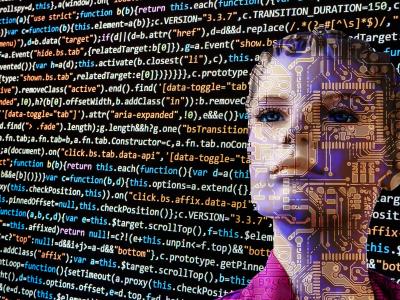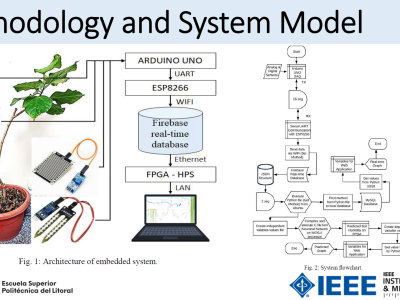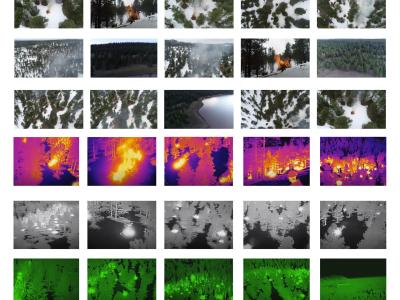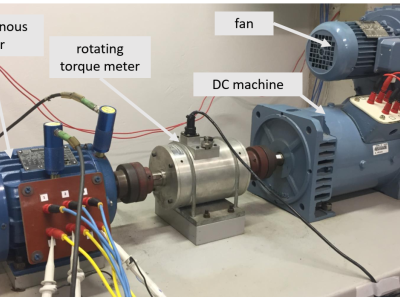Dataset for IoT-based Indoor Air Quality Management System for Intelligent Education Environments

- Citation Author(s):
-
David Merkl (Frankfurt University of Applied Sciences)Matthias F. Wagner (Frankfurt University of Applied Sciences)Jörg Schäfer (Frankfurt University of Applied Sciences)
- Submitted by:
- Jesus Rosa-Bilbao
- Last updated:
- DOI:
- 10.21227/z865-5v63
Abstract
One of the leading causes of early health detriment is the increasing levels of air pollution in major cities and eventually in indoor spaces. Monitoring the air quality effectively in closed spaces like educational institutes and hospitals can improve both the health and the life quality of the occupants. In this paper, we propose an efficient Indoor Air Quality (IAQ) monitoring and management system, which uses a combination of cutting-edge technologies to monitor and predict major air pollutants like CO2, PM2.5, TVOCs, and other factors like temperature and humidity. The aim is to create an intelligent environment for IAQ. The data is captured and monitored using an Internet of Things network of sensors, manufactured by ourselves, in different lecture rooms at the university. The obtained data is then processed and correlated in real time using a complex event processing engine and analyzed by machine/deep learning algorithms. A long short-term memory neural network is proposed to forecast IAQ. Then a decision tree regressor is used to identify the relationships between temperature, humidity and different pollutants like CO2 and PM2.5.
Instructions:
This is the dataset for our paper entitled “IoT-Based Indoor Air Quality Management System for an Intelligent Education Environment”. This dataset contains the following information: - the flow defined in the low-code platform for IoT, CEP and Blockchain integration (IAQNodeREDFlow.png). - the event patterns defined in the CEP platform for the indoor air quality domain (IAQCEPApp.siddhi). - the smart contract used to store situations of interest in blockchain (ComplexEvents.sol). - the code that reads the air pollution data and applies LSTM to it (Weather_data_analysis.ipynb). The results are also displayed for the trained model. - all complex events generated by the CEP engine from 07/05/2023 to 07/16/2023 (complex_events_07-05-2023_07-16-2023.csv). - a subset of the complex events generated by the CEP engine on 07/06/2023 (complex_events_07-06-2023.csv), which was used to generate a time-processing plot included in the paper (see Figure 5).
 426 views
426 views







